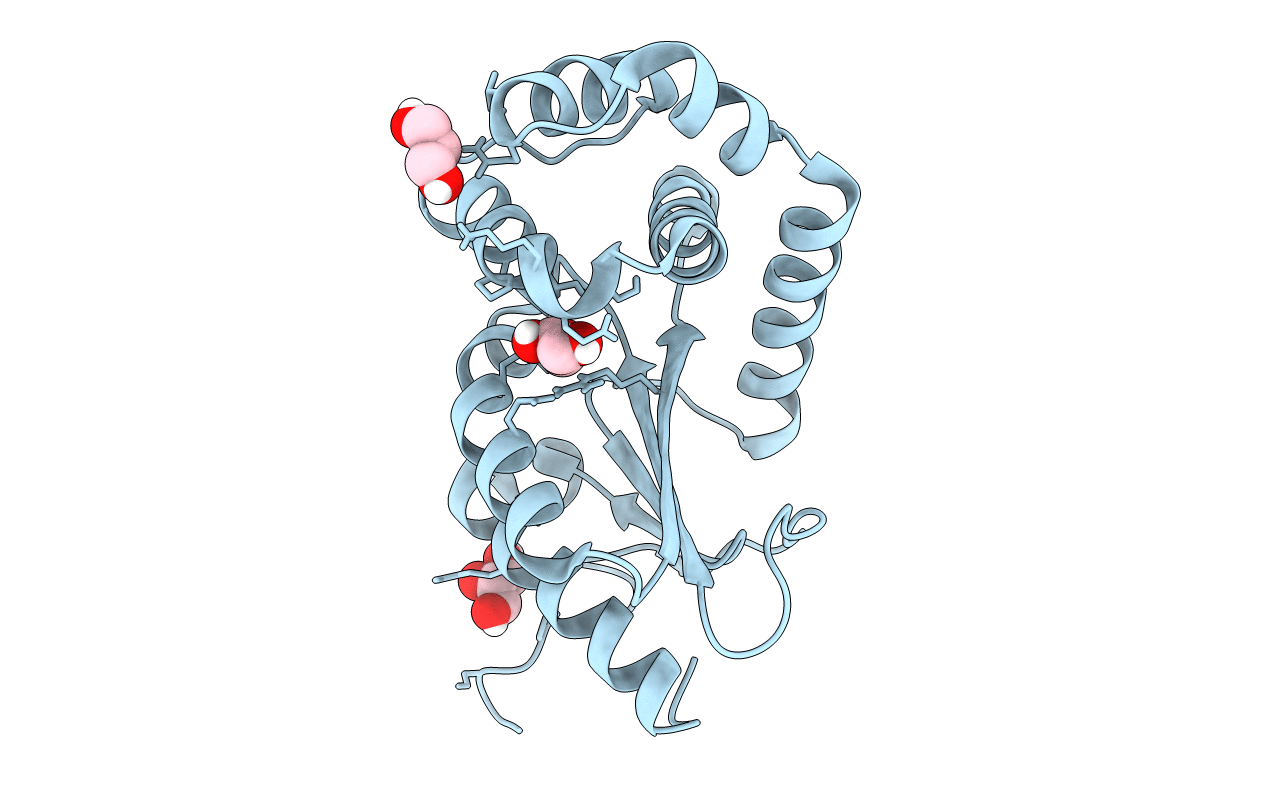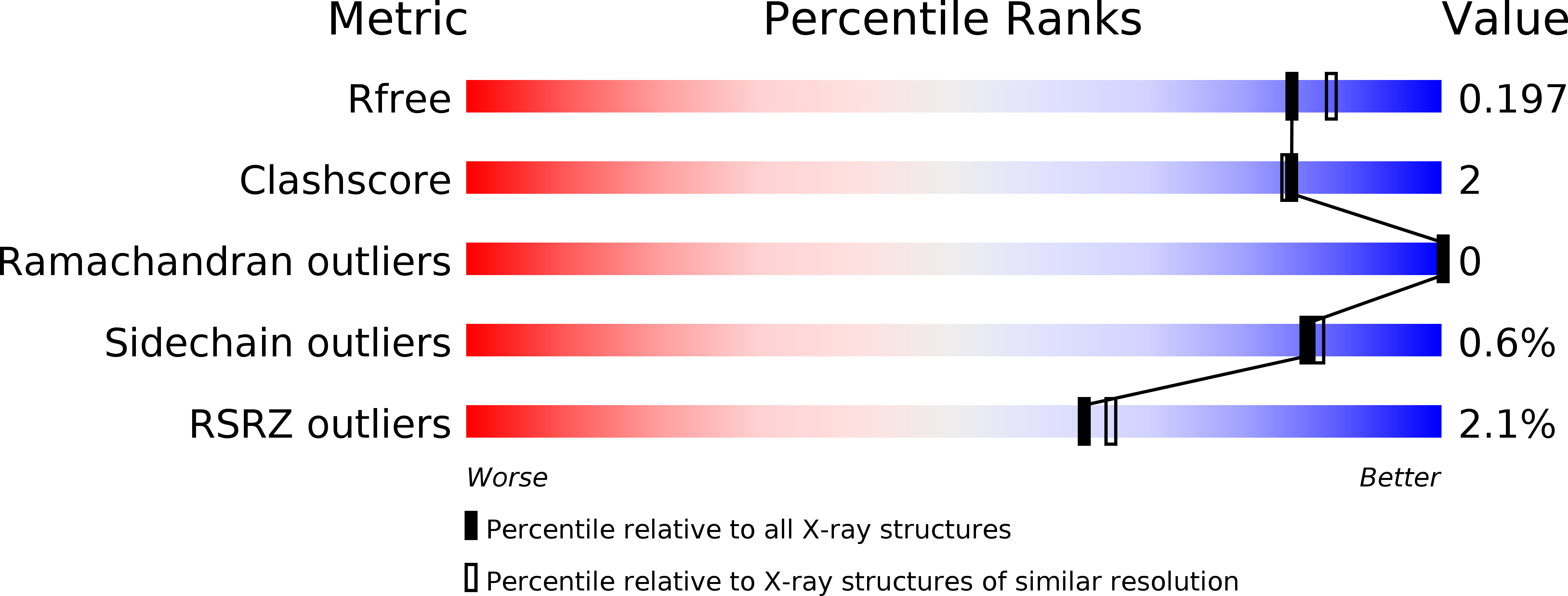
Deposition Date
2013-04-09
Release Date
2013-08-14
Last Version Date
2024-10-30
Entry Detail
Biological Source:
Source Organism:
Burkholderia pseudomallei (Taxon ID: 272560)
Host Organism:
Method Details:
Experimental Method:
Resolution:
1.90 Å
R-Value Free:
0.19
R-Value Work:
0.15
R-Value Observed:
0.16
Space Group:
P 21 21 21


